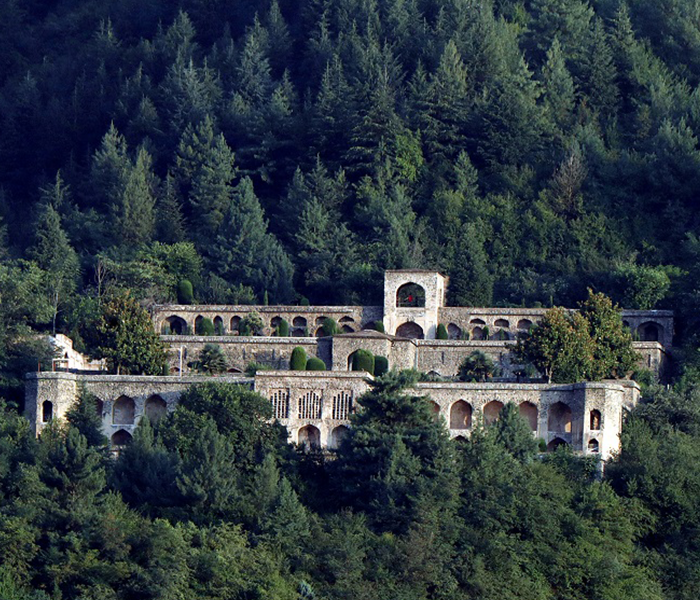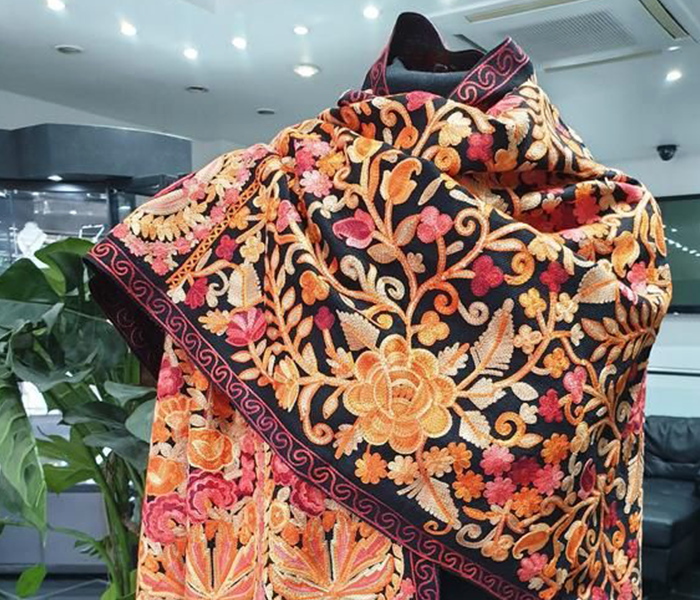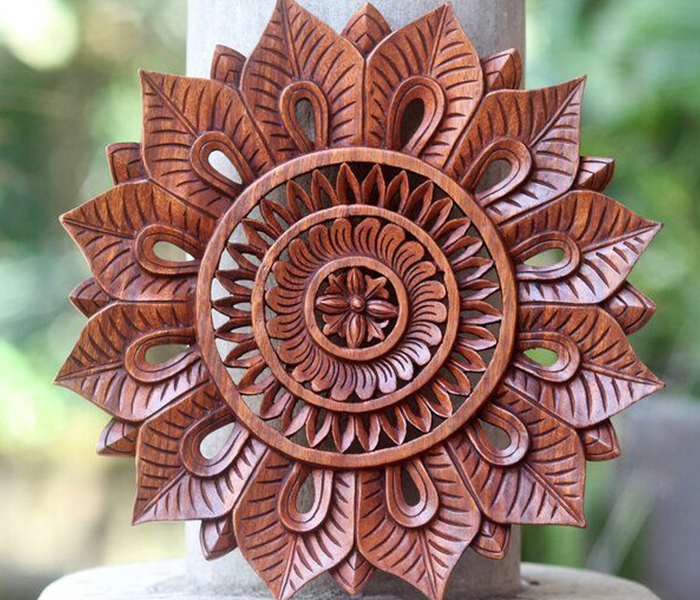It is the largest city and summer capital of Jammu and Kashmir and lies in the Kashmir Valley along the banks of the Jhelum River, and the shores of Dal Lake and Anchar Lakes, between the Hari Parbat and Shankaracharya hills. The city is known for its natural environment, various gardens, waterfronts and houseboats. It is also known for traditional Kashmiri handicrafts like the Kashmir shawls, papier-mâché, wood carving, carpet weaving, and jewel making, as well as for fresh fruits, dry fruits and world’s most expensive spice. It is the second-largest metropolitan area in the Himalayas. The city is known for its nine old bridges, connecting the two parts of the city. Srinagar is also called the "Venice of the East and there are a number of lakes and water-bodies in and around the city. These include the Dal Lake– noted for its houseboats , the Nigeen, the Anchar, Khushal Sar, Gil Sar and Hokersar. Apart from these lakes, Wular Lake and Manasbal Lake both lie to the north of Srinagar. Wular Lake is one of the largest fresh water lakes in Asia.
Srinagar has some Mughal gardens, forming a part of those laid by the Mughal emperors across the Indian subcontinent. Those of Srinagar and its close vicinity include Chashma Shahi (the royal fountains); Pari Mahal (the palace of the fairies); Nishat Bagh (the garden of spring); Shalimar Bagh; the Naseem Bagh. Jawaharlal Nehru Memorial Botanical Garden is a botanical garden in the city, set up in 1969.The Indian government has included these gardens under "Mughal Gardens of Jammu and Kashmir" in the tentative list for sites to be included in world Heritage sites.







